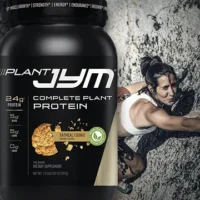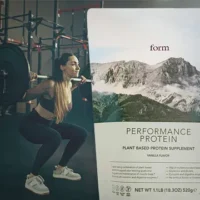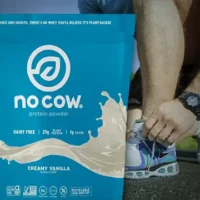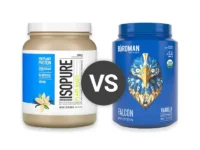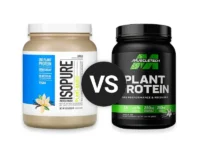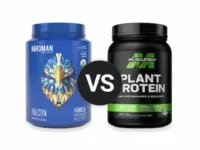Knowledge BaseYou're Questions Answered
BACK
How is rice protein powder made?
Rice protein powder is a popular alternative to dairy-based protein supplements and is derived from brown or white rice. The process of making rice protein powder involves several steps designed to isolate protein from the carbohydrates and fats naturally present in rice. Here’s a detailed look at the production process:
- Sourcing and Preparation: The process begins with the sourcing of whole rice grains, typically brown rice, which undergoes milling to remove the outer husk and bran, leaving behind white rice. This step is sometimes skipped if starting directly with white rice1.
- Enzymatic Hydrolysis: To separate protein from the rice, the rice is subjected to enzymatic hydrolysis. Enzymes are added to the rice slurry (rice mixed with water) to break down the starches into simpler sugars and separate the protein. This step is crucial as it ensures that the protein is isolated from the carbohydrates2.
- Filtration: After enzymatic hydrolysis, the slurry is filtered to remove the carbohydrate content, leaving a protein-rich liquid. This liquid undergoes further filtration to ensure a high concentration of protein and the removal of impurities and other unwanted components3.
- Drying: The filtered protein liquid is then dried using a spray drying process. This involves spraying the protein liquid into a heated chamber, where the heat causes the water to evaporate quickly, leaving behind dry protein powder. This method is effective in preserving the nutritional quality and functional properties of the rice protein4.
- Final Processing: The resulting powder may undergo additional processing steps such as blending with flavors, sweeteners, or other nutritional supplements. It is then tested for quality and purity before being packaged and distributed5.
Was this answer helpful? Let us know!
Like
References:
- Saunders, R. M. (1985). Rice bran: Composition and potential food uses. Food Reviews International, 1(3), 465-495.
- Li, H., & Prakash, S. (2017). Enzymatic hydrolysis of plant proteins in food industry. Food and Bioprocess Technology, 10(2), 289-322.
- Juliano, B. O., & Bechtel, D. B. (1985). The rice grain and its gross composition. Rice Chemistry and Technology, 17-57. American Association of Cereal Chemists.
- Champagne, E. T., Bett-Garber, K. L., Fitzgerald, M. A., Grimm, C. C., Lea, J., Ohtsubo, K., ... & Bergman, C. (2004). Important sensory properties differentiating premium rice varieties. Rice Science, 11(3), 142-154.
- Henley, E. C., & Kuster, T. A. (1994). Processing and protein enrichment of rice bran. Plant Foods for Human Nutrition, 45(1), 23-34.
Add to this Answer
Related Questions
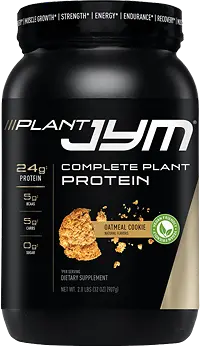
Disclosure
Your Answer
Do you have a suggestion to improve the answer? Please detail your suggestions and provide any references to information that may support your answer if available.
The content on this site has not been written, reviewed or endorsed by a medical professional. We assume no liability for the misuse of supplements and recommend you review the label of any product, as well as consulting with your health care professional.
We are a participant in the Amazon Services LLC Associates Program, an affiliate advertising program designed to provide a means for us to earn fees by linking to Amazon.com and affiliated sites.
We are a participant in the Amazon Services LLC Associates Program, an affiliate advertising program designed to provide a means for us to earn fees by linking to Amazon.com and affiliated sites.
© 2025 ProteinPowder.com

